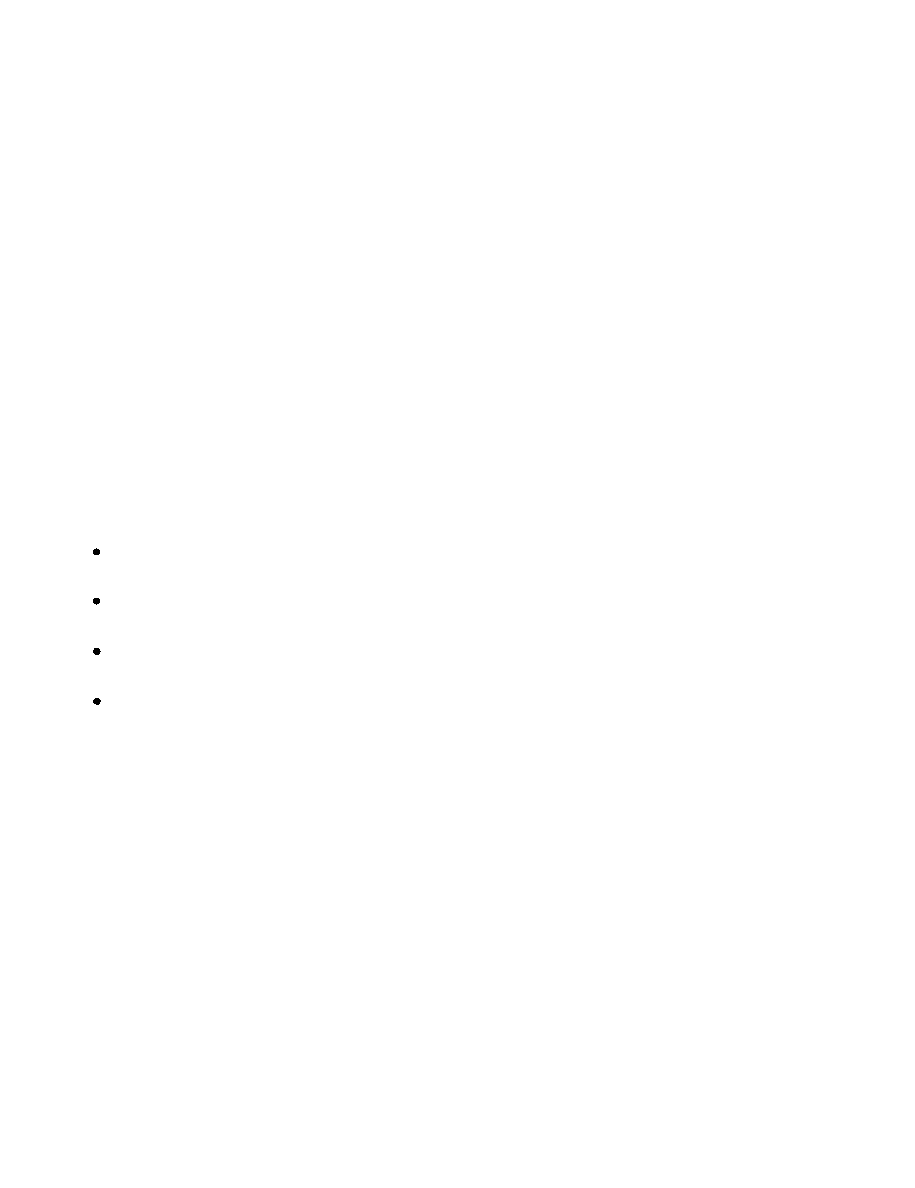
DOFMaster
for Windows
On-line
Depth of Field
Calculator
DOFMaster for Mobile Devices
On-line
Depth of Field
Table
Hyperfocal
Distance Chart
Articles
FAQ
Recommended
Books
Support
Contact
Links
Home
for Windows
On-line
Depth of Field
Calculator
DOFMaster for Mobile Devices
On-line
Depth of Field
Table
Hyperfocal
Distance Chart
Articles
FAQ
Recommended
Books
Support
Contact
Links
Home
As an Amazon Associate I earn from qualifying purchases.
![]()
distance, when not using flash, has no effect on
exposure; therefore, you can easily photograph distant
subjects that could not otherwise be photographed using
existing light, you can make pictures that could not be
taken with other types of lighting; for example, flash
may not be appropriate during a change of command
ceremony or chapel service. Not only can the flash
disturb the proceedings, but it may not carry far enough
to light the subject adequately.
about f/1.4. The camera shutter should have a B or T
second, you need a tripod or other means of supporting
the camera.
a high-speed film. When making pictures with plenty of
existing light or when you particularly want long
exposures for special effect, you can use a slower film;
however, the advantages of high-speed film are as
follows:
hand-held shots.
camera and image motion.
when the camera is hand-held.
depth of field.
of the facial features are in shadow, unless you are trying
coming through a window, you have more light to work
with, but the light is contrasty and your subject has a
tendency to squint.
close to the source of light and well-illuminated, while
other areas of the scene are comparatively dark. By
turning on all the lights in the room, you can make the
illumination more even and provide additional light for
exposure and at the same time reduce the scene contrast.
The contrast created by some artificial lighting can also
be reduced in an average size room by bouncing
Adding auxiliary bounce lighting or reflectors means
you are not making true existing light pictures, but this
tungsten type of film. When the light for your indoor
color pictures is daylight from a window or skylight, use
a daylight type of color film or use tungsten film with a
No. 85B filter. Always use an exposure meter to
calculate your indoor existing light exposure. When a
bright window is included in the background, take a
closeup meter reading of the subject to prevent the meter
from being overly influenced by light from the window.
of illumination possible. Pose your subject to allow
diffused daylight to fall on the front or side of their face.
color pictures of these same scenes often have an overall
color cast that makes them appear unnatural.
Fluorescent light emits blue and green light primarily
without a filter under fluorescent light are also deficient
in red and have an overall greenish appearance. Used
correctly, fluorescent light has some advantages over
other types of available light. A room illuminated by
fluorescent lamps is usually brighter and more evenly
higher level of light makes it easier to get enough
exposure for your existing light photography and helps
record detail that may have been lost in the shadow areas
with other types of existing light. When photographing
people, however, fluorescent lighting often causes dark
shadows under the subject's eyes. These shadows cause
the eyes to appear dark and sunk in.
is most often your best bet. Color negative film has a
wide exposure latitude that permits, to some extent, a
variation in exposure without detracting from the quality
of the finished print. The greenish effect caused by
Basic Photography Course

As an Amazon Associate I earn from qualifying purchases.
WWW.DOFMASTER.COM
© 2006 Don Fleming. All rights reserved.
© 2006 Don Fleming. All rights reserved.